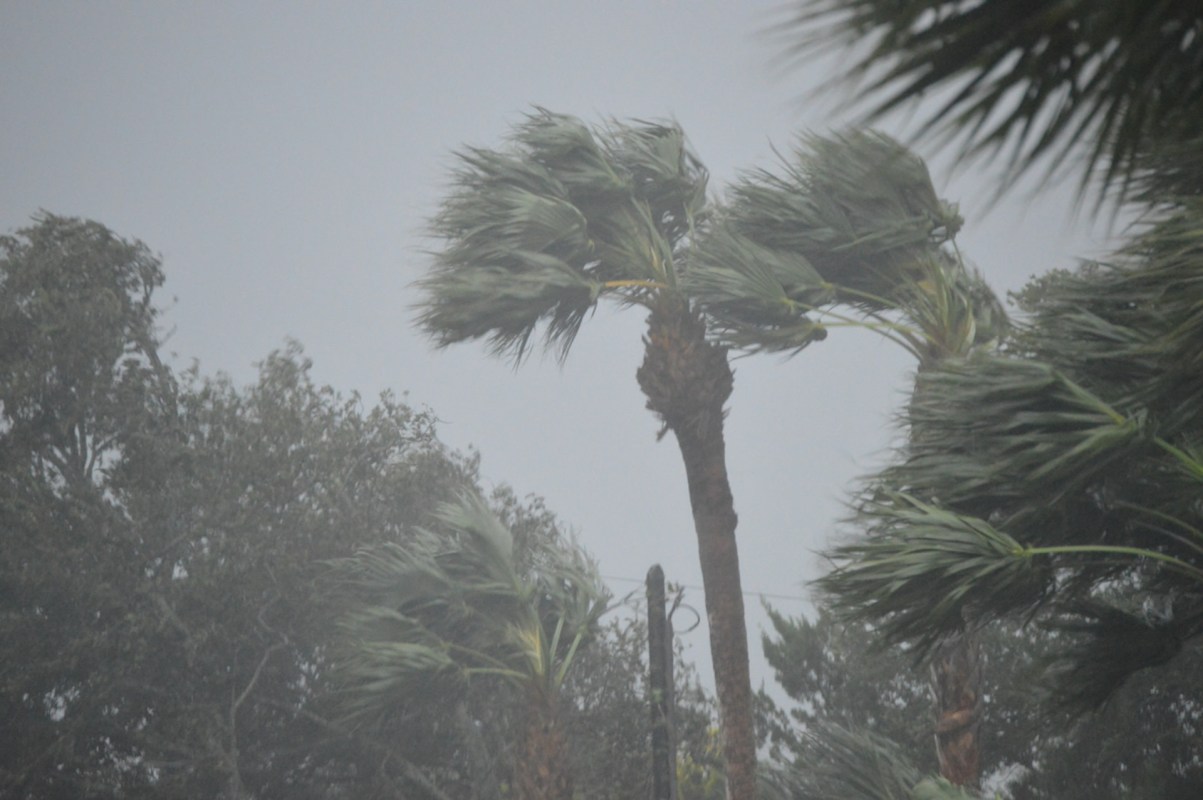The 2023 hurricane season in the United States ranked fourth for featuring the most "named" storms in a year, with a total of 20.
But emerging weather patterns in 2024 have already alarmed some meteorologists, with one describing conditions as an "out-of-bounds anomaly."
What's happening?
Citing data from the National Oceanic and Atmospheric Administration, The New York Times detailed that an area of the Atlantic Ocean where hurricanes form is already seeing unusually warm temperatures.
Professor of atmospheric sciences at the University of Miami Benjamin Kirtman said that the ocean temperatures, which are said to be above 80 degrees Fahrenheit, are "unprecedented" and "alarming."
These high ocean temperatures, as well as the impact of weather pattern El Niño, are predicted to result in a high number of storms once hurricane season arrives.
According to forecasting from Colorado State University, 2024 could bring around 23 named storms, of which 11 are expected to be hurricane-strength.
Why is this so concerning?
While predictions don't always come to pass, Dr Phil Klotzbach from Colorado State University is putting the number so high because of the data he's seeing.
Klotzbach also predicts that at least one major hurricane will make landfall in the United States and the Caribbean, which could be devastating for homes and businesses that will likely have to contend with flooding, wind damage, power outages, and a risk to life.
But the long-term implications are also troubling. Global temperatures are steadily creeping upwards because of human-caused pollution — typically from the release of toxic, planet-warming gases from automation, industry, agriculture, and energy consumption.
If Atlantic temperatures remain high ahead of hurricane season, the likelihood of future record-breaking named storms in a 12-month period increases.
What can be done to reduce the risk of hurricanes?
Slowing the rate of rising temperatures by reducing pollution is essential. While this falls predominantly at the hands of big businesses and governments to implement measures to minimize the release of carbon dioxide and methane, we can all do our part to help.
For example, taking advantage of renewable sources for home power production can reduce reliance on an energy grid that still relies heavily on polluting dirty fuel. Solar power and small-scale wind generation can provide clean, pollution-free power, while air and heat pumps use significantly less energy than typical air conditioning or heating systems.
What's more, all of these systems can help reduce energy prices in the long term, even if it requires an investment in the first instance. Thankfully, government initiatives like the Inflation Reduction Act can cut the cost of installing solar panels and other low-carbon energy technologies.
Join our free newsletter for cool news and cool tips that make it easy to help yourself while helping the planet.









